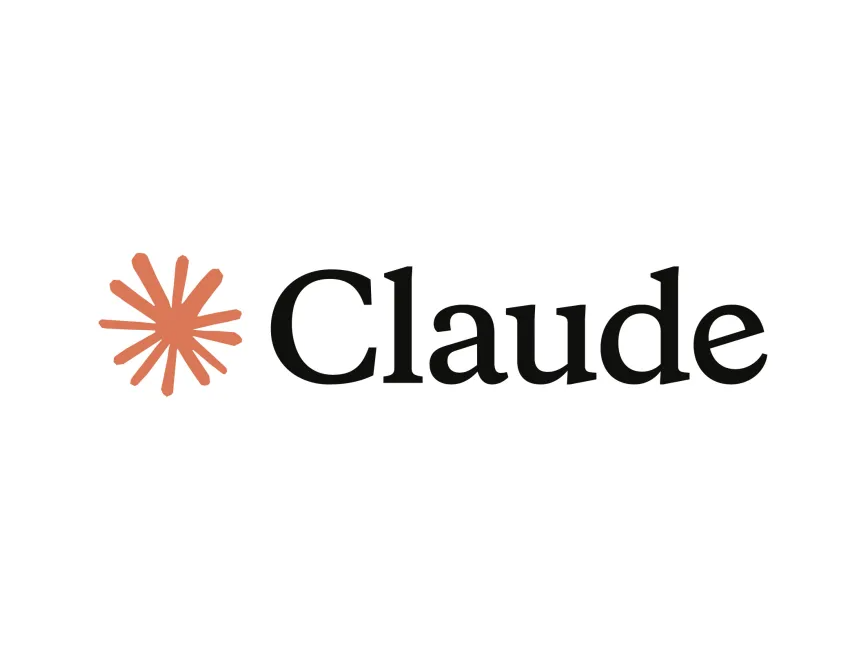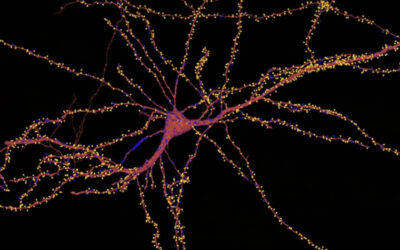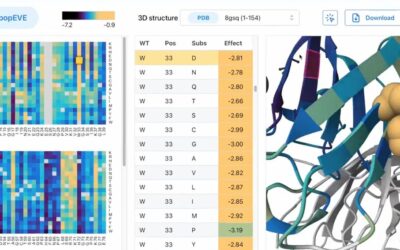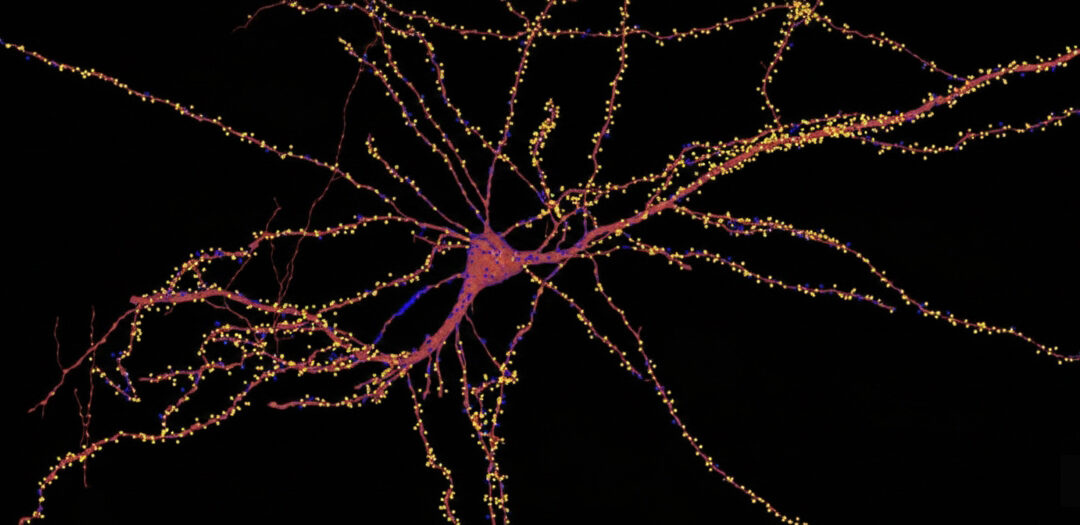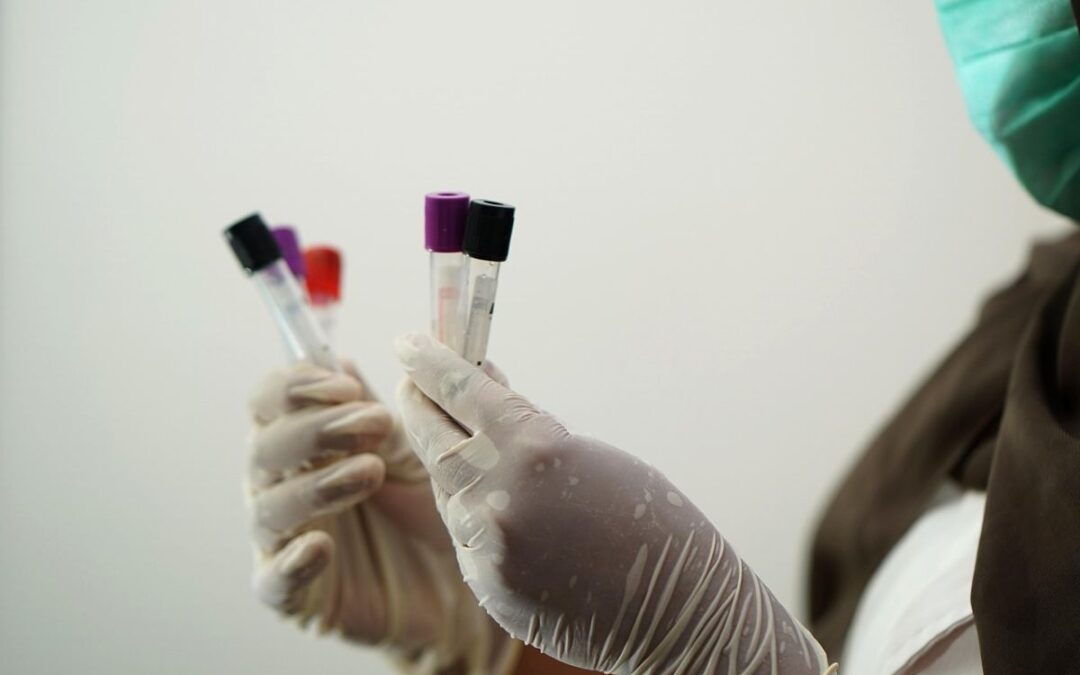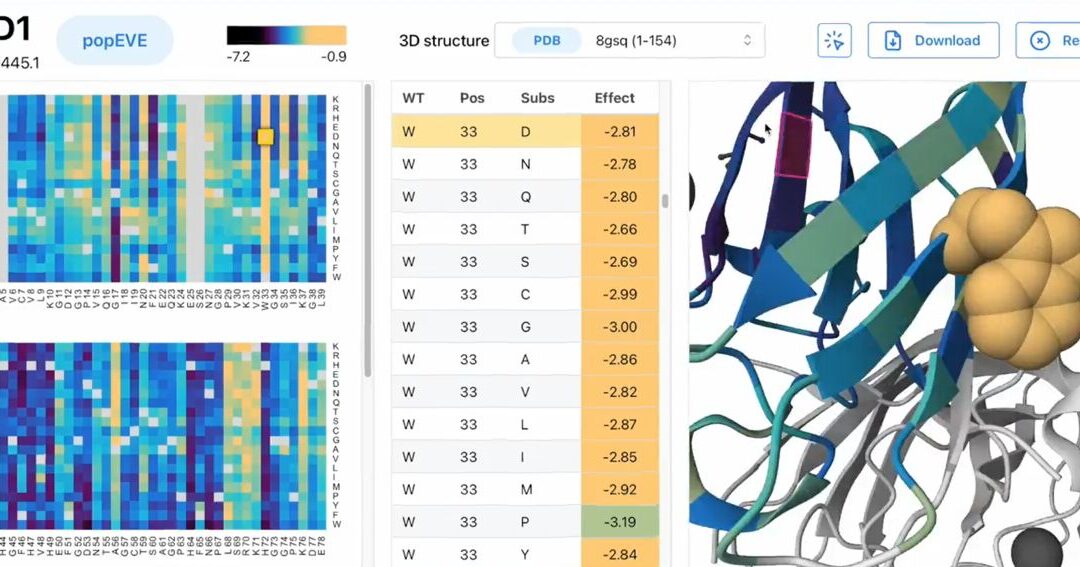Artificial intelligence company Anthropic is making a significant move into the life sciences sector with the launch of Claude for Life Sciences, a version of its Claude language model platform tailored for scientific research, drug discovery and regulatory workflows. Leading the initiative is Eric Kauderer Abrams, Anthropic’s Head of Biology and Life Sciences, who describes this as a threshold moment for applying AI across biological research and pharmaceutical development at scale.
From Coding Assistant to Laboratory Partner
Claude for Life Sciences builds upon Anthropic’s Claude model family and introduces new capabilities designed specifically for researchers. The upgraded model features improved scientific reasoning, enhanced connections to specialist data sources and new tools for domain specific workflows. Anthropic reports that its Sonnet 4.5 variant achieved a score of 0.83 on a scientific question answering benchmark, surpassing human level performance on certain research tasks.
The platform enables scientists to use Claude in various stages of the research process, from literature review and hypothesis generation to drafting laboratory protocols, managing bioinformatics data and preparing regulatory submissions. Kauderer Abrams says his goal is to give biologists the same creative and analytical support that software engineers now experience with AI assisted coding. He describes Claude as a thought partner that can help scientists brainstorm ideas, explore hypotheses and reduce repetitive data handling.
Key Capabilities and Integrations
To strengthen its utility, Anthropic has integrated Claude with a range of research platforms including Benchling for lab notebooks and data, PubMed for biomedical literature and tools for genomics analysis. These integrations enable the model to access and analyse structured and unstructured biological information. In practice, a researcher could ask Claude to compare two single cell RNA sequencing data sets, perform quality checks, cluster cells by type and identify marker genes, receiving a detailed output in minutes.
Anthropic positions Claude for Life Sciences as a collaborative tool that allows scientists to focus on experimental design and interpretation rather than the administrative work of data preparation. The company emphasises that the model is intended to enhance scientific productivity rather than replace human expertise.
Business Strategy and Competitive Context
The launch places Anthropic directly in competition with other major players investing in AI for science, including OpenAI, Google DeepMind and several biotechnology focused startups. Kauderer Abrams has stated that Anthropic’s ambition is for a significant portion of global life science workflows to run on Claude, much as modern software development relies on AI coding assistants.
The company also highlights responsible AI development as a priority. Its team is working to ensure that Claude’s outputs are traceable, verifiable and compliant with regulatory standards for biomedical research. This focus on reliability and governance reflects growing expectations for transparency in the use of AI for regulated fields such as drug development and clinical research.
Challenges and Caveats
Despite the excitement surrounding Claude for Life Sciences, experts warn that integrating AI into research and development will not remove the inherent challenges of the field. Clinical trials, regulatory review and validation processes remain lengthy and complex. Kauderer Abrams acknowledges that while AI can accelerate data analysis and hypothesis generation, it cannot eliminate the physical and ethical constraints of biological testing.
Scientists have also expressed caution about relying on AI generated outputs for research critical decisions. They point to issues such as bias in training data, lack of interpretability and the need for rigorous validation. For AI to be accepted in regulated environments, models like Claude must demonstrate reproducibility, auditability and a clear chain of reasoning behind their recommendations.
If Claude for Life Sciences achieves its goals, it could transform how laboratories, universities and pharmaceutical companies conduct research. By embedding large language models into everyday workflows, Anthropic hopes to redefine productivity in the life sciences, allowing smaller teams to achieve more while maintaining scientific integrity.
For Anthropic, this marks a strategic expansion into a high value and highly regulated sector. Success will depend on the company’s ability to prove that its model can operate reliably across diverse scientific settings and contribute to tangible advances such as new drug targets or improved diagnostic methods. Over the next 12 to 18 months, key indicators will include adoption rates among research organisations, measurable gains in research efficiency and early evidence that Claude assisted projects lead to validated scientific outcomes.
Claude for Life Sciences signals a broader shift in artificial intelligence from general purpose applications to domain specific expertise. It reflects Anthropic’s vision of making AI a trusted partner in human discovery, extending the boundaries of what researchers can achieve in one of the most complex and consequential fields of modern science.

